Method For: Prioritizing
As an Amazon Associate and member of other affiliate programs, I earn from qualifying purchases.
I don’t know that many people view prioritizing as a skill but it can have a big impact on your life and is worth a bit of exploration. When you prioritize something it changes the way you think about that thing and the others that surround it. This can apply to things that take up time, objects that take up space or people that take up mind share. Once you have prioritized something you have a filter for decision-making that will save you time and emotional bandwidth. As you hone the skill of prioritizing (and re-prioritizing) things in your life you will feel less stress and more balance.
Let’s use organizing your home as a case study for how effective prioritization can make the difference and ensure the outcomes for a project match the expectations. If having an organized home is a priority for you the first thing to do is prioritize the order of operations. That sounds a little militaristic but it’s really just putting some thought into the best way to order your project. Every home and every family is different so there isn’t one best approach that works in all cases. Organizing your whole house, getting buy-on from your family and sustaining the systems you put in place is a big undertaking, one that deserves planning up front. Whenever I begin a whole-home project we begin by discussing how to prioritize the different areas to get the best results and maintain momentum throughout the process.
Below are three potential starting places to consider when you are getting ready to organize your home. Looking at your project through these filters will help you decide what is most important for you and yours. Early momentum breeds success and proper prioritization will ensure there is momentum!
Most-Trafficked Paths
One potential starting place is your highest velocity traffic paths. I’ve written before about being aware of traffic patterns in your home and how to use them when designing effective systems for organization. Think of a heavily-trafficked path in your home that could be a good place to prioritize at the start your project. Heavily trafficked paths are used repeatedly in the same way, which means if you are instituting some change with a new system it will be easier to establish as a new habit because of the frequency with which the pattern occurs naturally. The best example I can think of is where kids most often enter and exit the home. You may already know your heavy-traffic paths. Or you may observe your people in the wild for a week or so and notice some patterns that you didn’t see before. Because the same pattern happens on a daily basis it doesn’t take as long for everyone (especially the small people) to adjust to the change and form a new habit. The reason it’s a good place to start is that it effectively introduces the concept of organization and how a system works. That way when you eventually get to other areas in your house that are more challenging you can point to the success at the starting point and build on it.
High Impact Areas
Sometimes you are excited about a project but don’t have buy on from everyone in the family. In this scenario it may be effective to prioritize a high impact area in the home to start the project so that everyone can feel the benefit early on and become more invested as things continue. The kitchen is a great place to begin if this is the case. Literally everyone uses the kitchen. It is all things: a gathering place, a pass through place, a cooking place, a place to eat, to do homework, you name it – a LOT of things happen in the kitchen. Having an organized kitchen that works for all members of a household is high impact and high visibility. It requires some heavy lifting but the impact is usually felt immediately and gets everyone on board as they can literally see and feel the effects of the organization. For many the kitchen is an intimidating place to begin but for those with skeptics in their ranks it is a game changer and worth prioritizing.
Sentiment-Free Zones
For many, decluttering is the hardest part of any organizing project and is the biggest reason why so many push off starting one. It often takes some practice to get into a decluttering mindset. If this is an area of difficulty that resonates with you, consider starting with an area of the home that isn’t laden with sentimental items, like a bathroom. Prioritizing your bathrooms will build decluttering muscle that you can use for next-level difficulty areas like a garage, attic or closet. You can capitalize on the satisfying feelings of accomplishment that wash over you after a session of decluttering and bottle it to bring out when you are feeling dread about tackling your closet. I have seen it over and over again with clients; once they have been in a purging mindset a couple of times they can recognize it and are aware of how to harness it. They become better and better at it as the project progresses. Some even go back to areas where we have already purged and do a second round once they have built up the muscle. Starting with low-stakes emotional content is the key to success for these folks and so we prioritize that to ensure an effective ramp-up of their project.
Once you really begin thinking about how to prioritize some thing big like organizing your whole home, it’s natural to bring the same thought framework to other areas of your life, including your time. The ability to prioritize based on the dynamics specific to your life is a skill worth honing and can go a long way to helping you achieve not just an organized home, but a balanced, happy life!



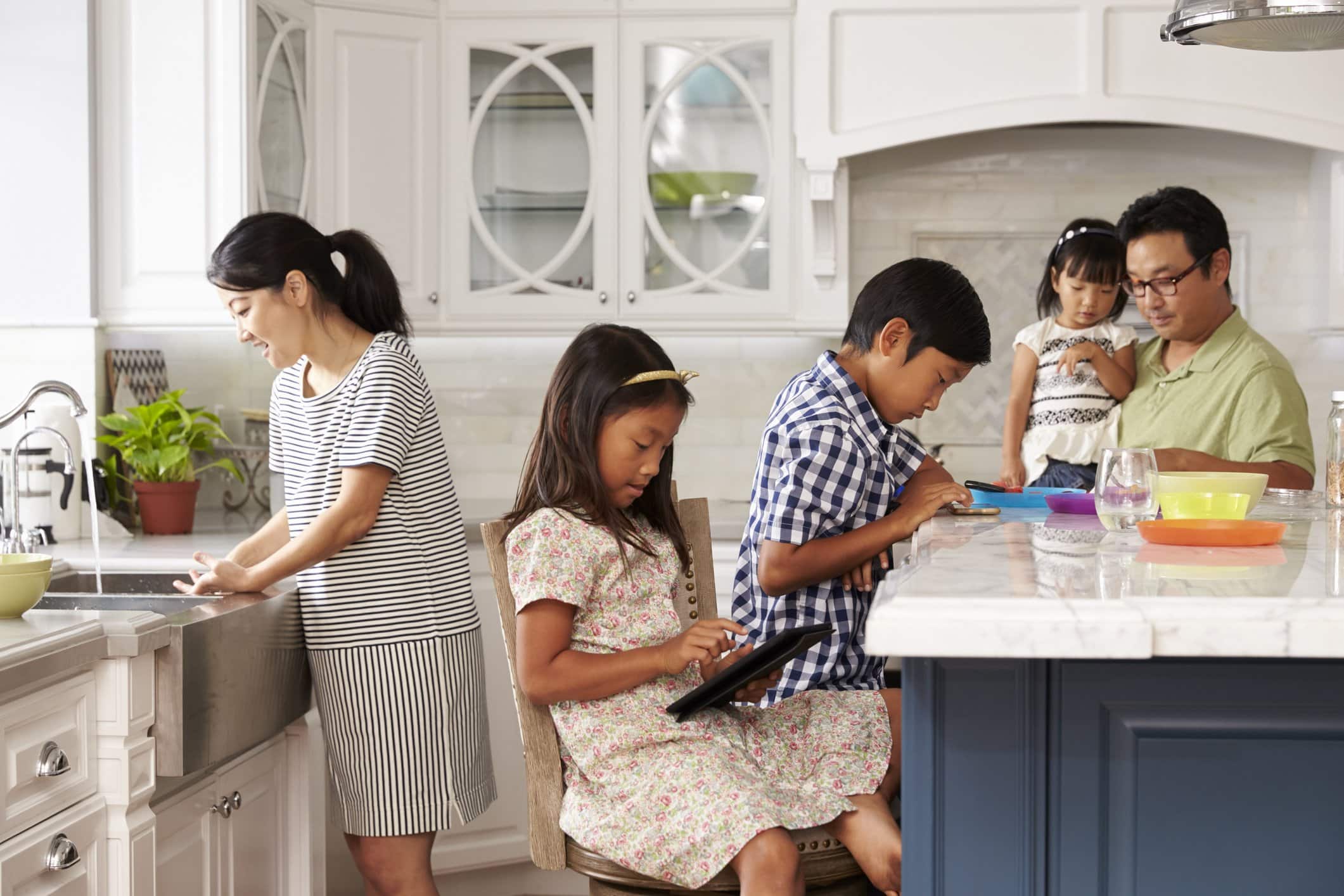
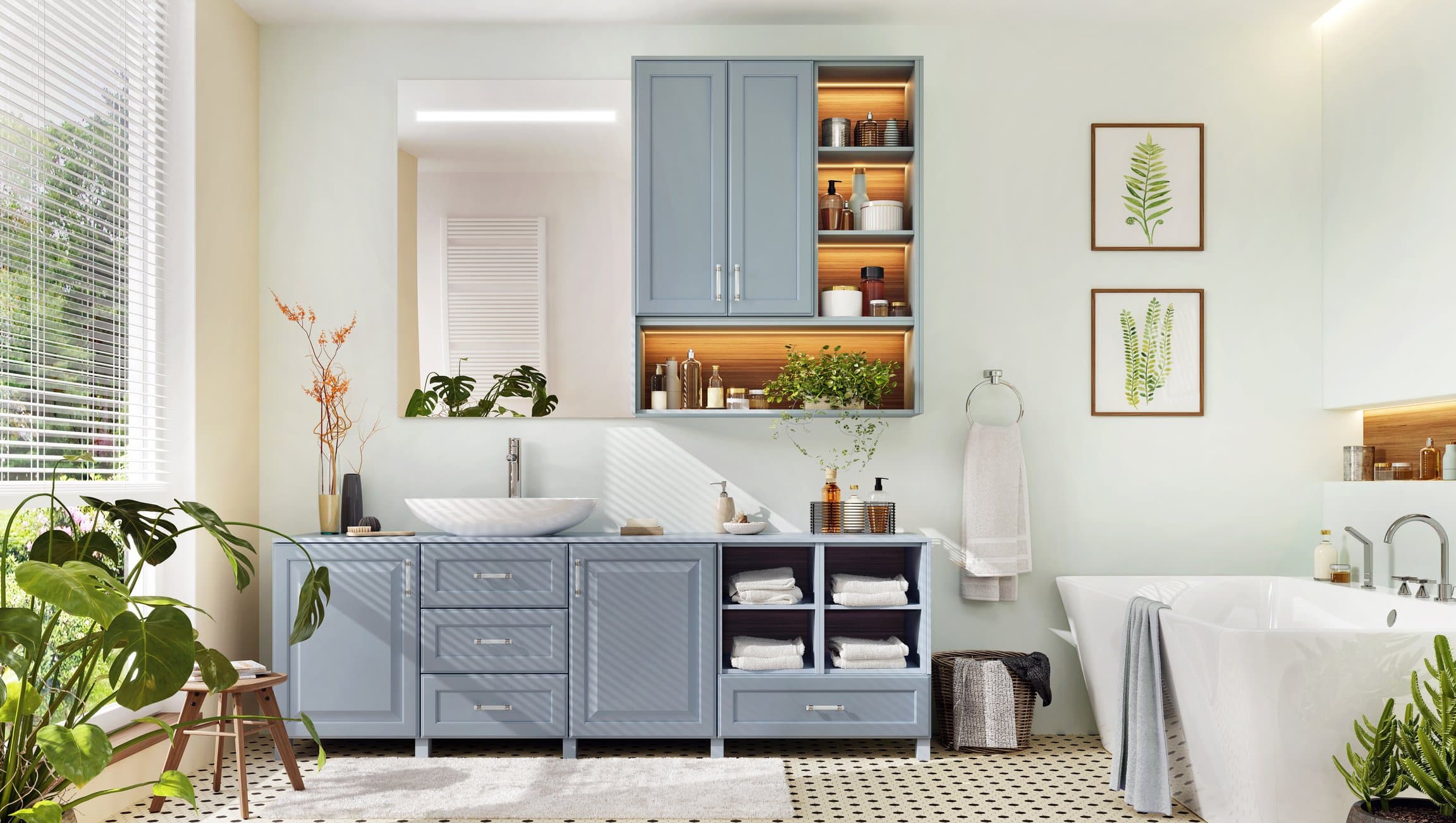
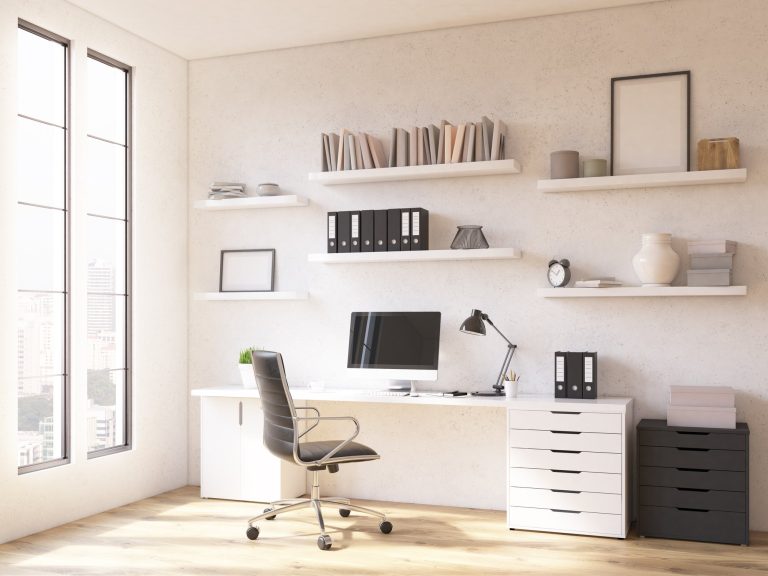
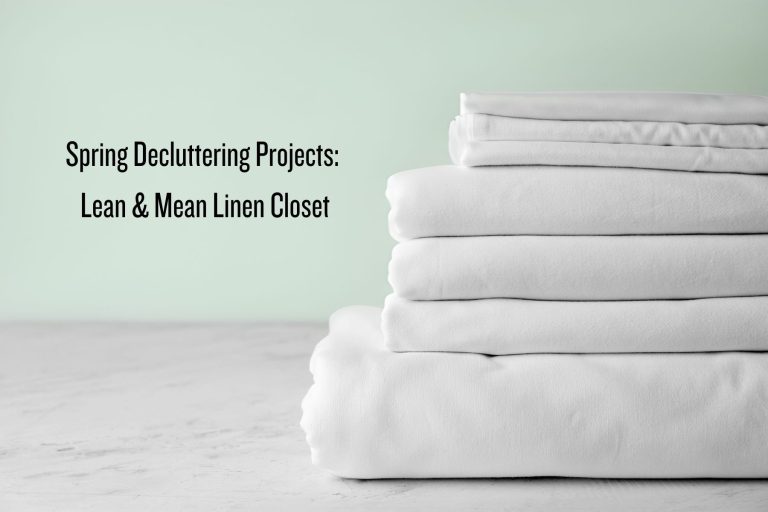


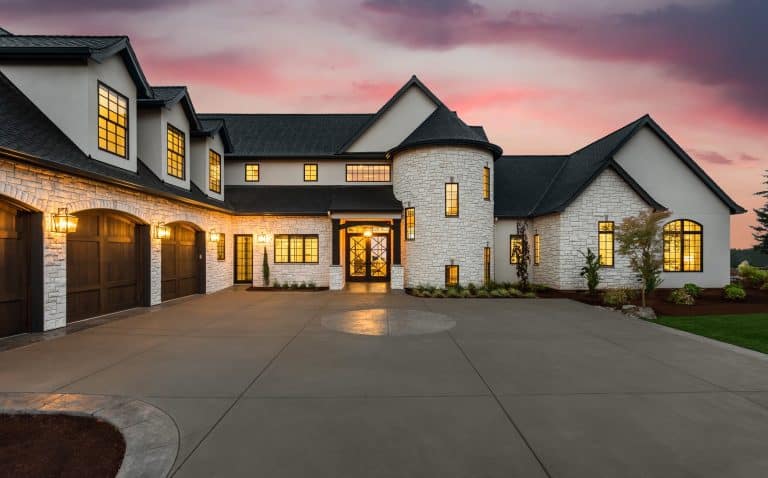
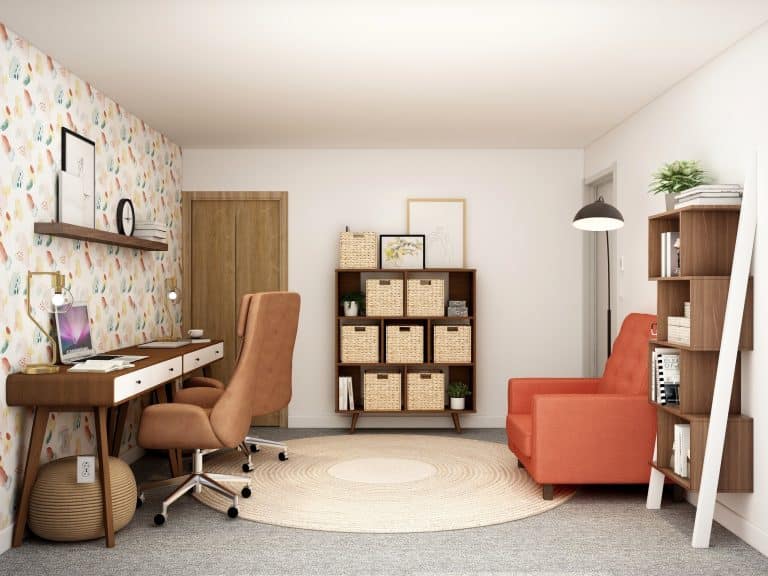
Method Seattle Comment Policy
We welcome relevant and respectful comments. Off-topic comments may be removed.